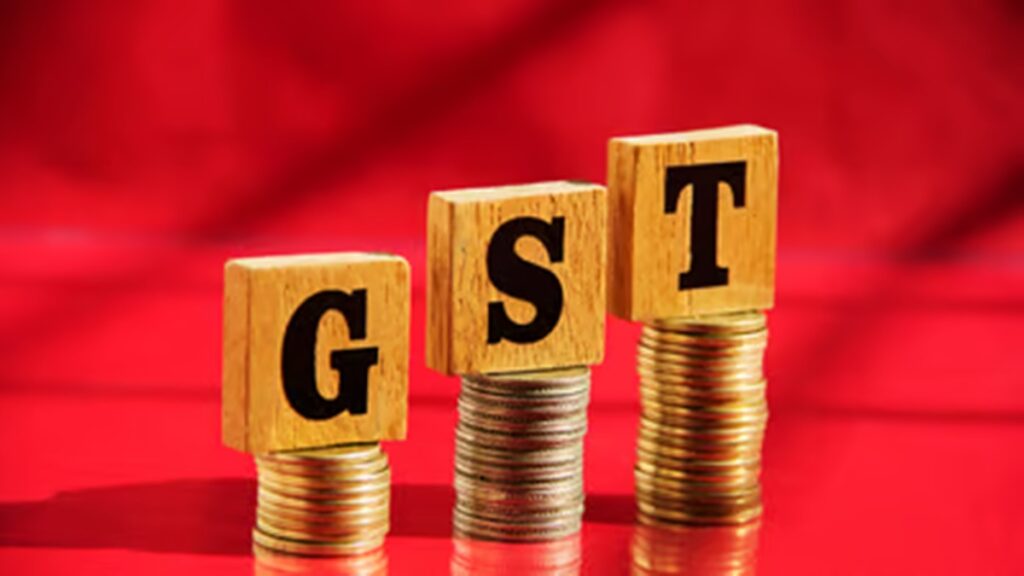NEW DELHI: The Group of Ministers (GoM), under the GST Council, tasked with deciding the future of compensation cess, is learnt to have veered around the view that the levy should be merged with the highest GST slab rate after March 2026, when the current regime ends.
According to sources privy to the matter, the 10-member GoM, set up under the convenorship of Minister of State for Finance Pankaj Chaudhary, doesn’t believe in retaining the cess “in a new form” beyond the end of FY26, as mooted by some quarters.
“This is the first meeting of the GoM. All the states were saying the cess should be merged with the GST slab, and not be re-branded in a new format,” a member of the panel told FE. “How that merger will happen is not yet decided, we will discuss that in subsequent meetings.” The next meeting of the GoM is in the second week of November.
The cess is currently collected by Centre, but once it is merged with the GST rate, the revenue from that will be shared equally between the Centre and states, said the sources.
During the 54th GST Council meeting on September 9, Finance Minister Nirmala Sitharaman had indicated that the government aims to fully repay the loan taken to meet the shortfall in GST compensation kitty, including interest, by January 2026. This could result in a surplus of approximately Rs 40,000 crore from cess collections for February-March 2026.
The GST compensation cess was introduced by the central government to fulfill its commitment to the states, to ensure a 14% compound annual growth rate (CAGR) in tax revenues for five years following the GST implementation. While the compensation payments to the states officially ended in June 2022, the scheme was extended until March 2026 to help repay a Rs 2.7 trillion loan taken by the Centre during the pandemic to cover revenue shortfalls.
FE had reported earlier, citing official sources, that as most states are not keen to let go of revenues, the compensation cess will likely be retained beyond FY26, by when the compensation-related loans and interest would likely be fully repaid.
Under the Constitution, a cess can be levied for specified purposes only, and the proceeds from such imposts should be credited to a designated fund.
Currently, there are four GST slabs – 5%, 12%, 18% and 28%. A clutch of 46 demerit and luxury goods in the 28% bracket also attract cesses, the proceeds of which go to a separate fund meant to compensate states for the revenue shortfall for the first five years up to June 2022.
At present, assorted tobacco items, pan masala and aerated water are among the products that attract the highest GST rate of 28% and also the ‘compensation cess’.
An official had earlier told FE that the compensation cess can’t be merged into the highest GST slab of 28%, as it could create more slabs whereas the intention is to reduce the existing ones.
Also, the sources had explained, since the merged tax rate in many of the demerit items would exceed 40%, the GST Act would need to be amended as the current provisions limit the maximum GST rate at 40% (CGST and SGST 20% each).
Jasmine Damkewala, Senior Partner at Circle of Counsels, said that the merger promises to bring greater transparency, simplicity, and fiscal stability to India’s states. “While challenges lie ahead, including rate adjustments and potential consumer price impacts, careful planning and stakeholder engagement can mitigate these concerns,” she added.
Saurabh Agarwal, Tax Partner, EY said: “Such a move (merger) is expected to enhance the liquidity for businesses and bolster State’s revenues.”
Besides Chaudhary, the other members of the GoM panel include Harpal Singh Cheema, Minister of Finance, Punjab; Om Prakash Choudhary, Minister of Finance, Chhattisgarh; and Chandrima Bhattacharya, Minister of Finance, West Bengal.
Source: The Financial Express


 India Inc’s Capacity Utilisation Falls Off 44-Quarter Peak
India Inc’s Capacity Utilisation Falls Off 44-Quarter Peak 